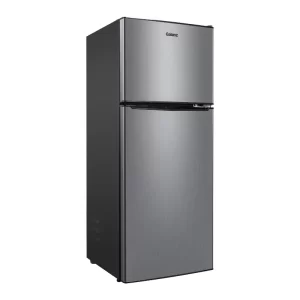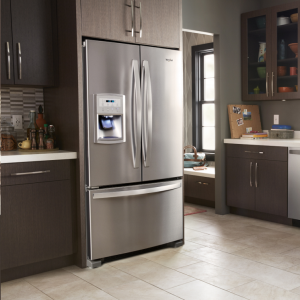Easy Guide: Reset Your Washing Machine
Introduction to Washing Machine Reset
Resetting your washing machine can seem daunting, but it’s often a quick fix. Before you call in the professionals, knowing how to reset your appliance can save you time and money. A reset can resolve many operational issues. This easy guide will walk you through the essentials. We’ll explore different scenarios where a reset is advisable, the typical problems it can fix, and detailed steps for both top load and front load machines. We’ll also cover what to do if a reset doesn’t work and how to avoid future issues. So, let’s start by understanding when to consider this simple yet effective solution.
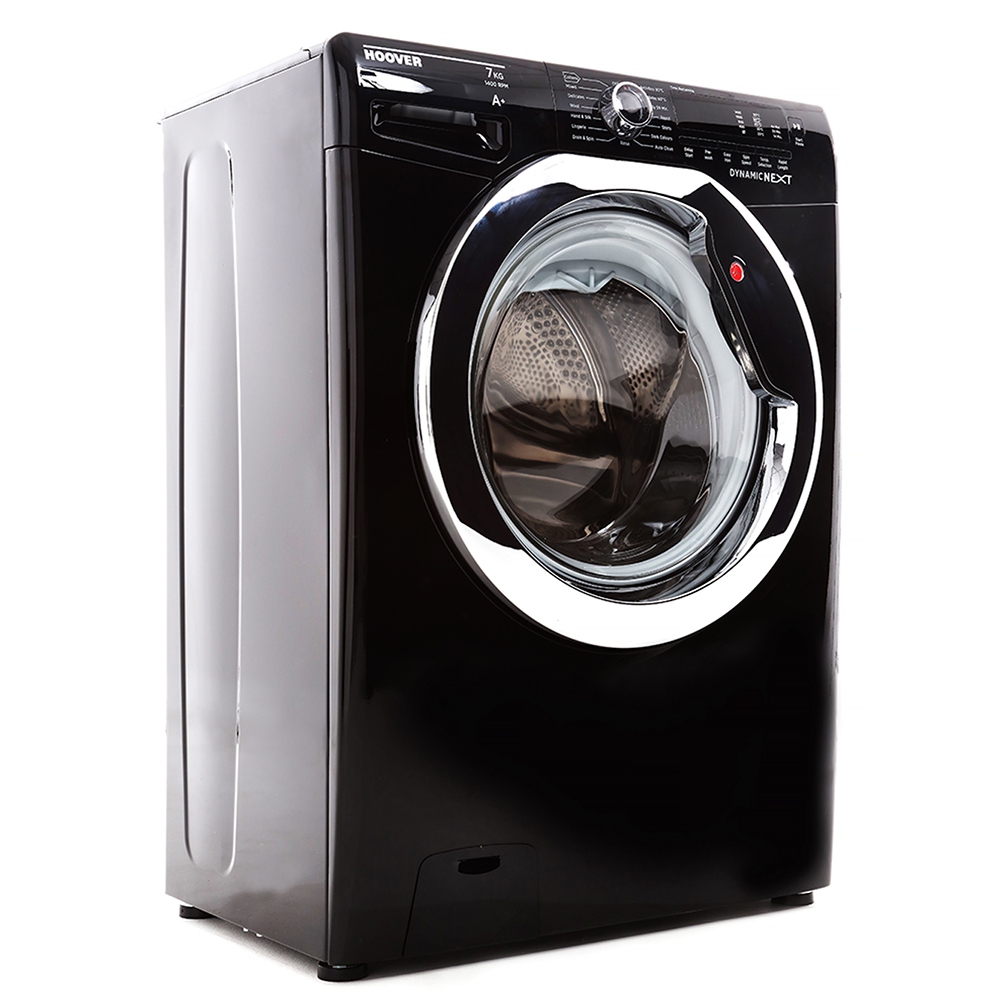
When to Consider Resetting Your Washing Machine
Knowing when to reset your washing machine is crucial for maintaining its performance. Consider a reset when you observe the following signs:
- Unusual Noises: If your machine makes strange sounds, a reset might correct the issue.
- Error Codes: Many machines display error codes when there are system mishaps; resetting can often clear these.
- Non-Responsiveness: When buttons or dials don’t respond, a reset may restore functionality.
- Incomplete Cycles: Should your washer stop mid-cycle, attempt a reset to resume normal operations.
- Persistent Problems After Power Outages: After a power surge or outage, your machine may act erratically. A reset can help to reestablish normal function.
Before you reset, make sure to unplug the machine and check for simple fixes. These might include untangling laundry, leveling the washer, or cleaning the filter. If these actions don’t solve the problem, then proceed with the reset process outlined in the next section of this guide.
Common Issues Solvable by Reset
Resetting your washing machine can resolve a range of common problems. Before opting for professional help or assuming the worst, try a reset. Here are some typical issues that a reset may fix:
- Cycle Irregularities: Sometimes cycles aren’t completed as expected. A reset might get things back on track.
- Stuck on One Cycle: If your washer is stuck, resetting can help it move past the troublesome point.
- Water not Filling: Your machine might not be filling with water. Try resetting it to solve this.
- Water not Draining: If water isn’t draining, a reset can clear potential programming glitches affecting the pump.
- Door Locked: A reset may release the locking mechanism if your machine’s door won’t open.
- Washer Smells: Bad odors might simply be a sign that your washer needs a reset to refresh its system.
- Excess Vibrations: Unexplained shudders or shakes during operation may be fixed with a reset.
Remember to employ the steps on how to reset washing machine correctly to ensure these issues are properly addressed. If a reset doesn’t work on the first try, don’t be afraid to repeat the process. However, if problems persist, further troubleshooting or professional service may be necessary.
Step-by-Step Instructions to Reset
Follow these general steps if you need to reset your washing machine. Procedures may vary slightly based on your specific model, so consult your manual if possible. Here we cover the basic process to get you started:
- Turn Off the Machine: Power down your washing machine by pressing the “Power” or “Cancel” button. If this does not work, proceed to the next step.
- Unplug the Washer: Carefully disconnect the machine from the electrical outlet. Wait for a full minute before plugging it back in. This pause can help the system reset.
- Plug it Back In: After the minute has passed, reconnect your washer to the power source.
- Open and Close the Door: If your model has a door, open and close it six times within 12 seconds. This can trigger the reset mechanism in some machines.
- Restart the Machine: Turn the washing machine back on by pressing the “Power” button. Check for normal operation.
- Run a Test Cycle: Select and run a short wash cycle without laundry to ensure the machine is working correctly.
- Check for Error Codes: Keep an eye out for any error codes. If you see one, refer to your owner’s manual for further instructions.
If these steps do not lead to a solution, you may need to consult your user manual for model-specific reset instructions. Following these general guidelines should help you know how to reset washing machine in most cases. If the machine still doesn’t operate correctly, you might need to delve into more detailed troubleshooting or contact a professional technician.
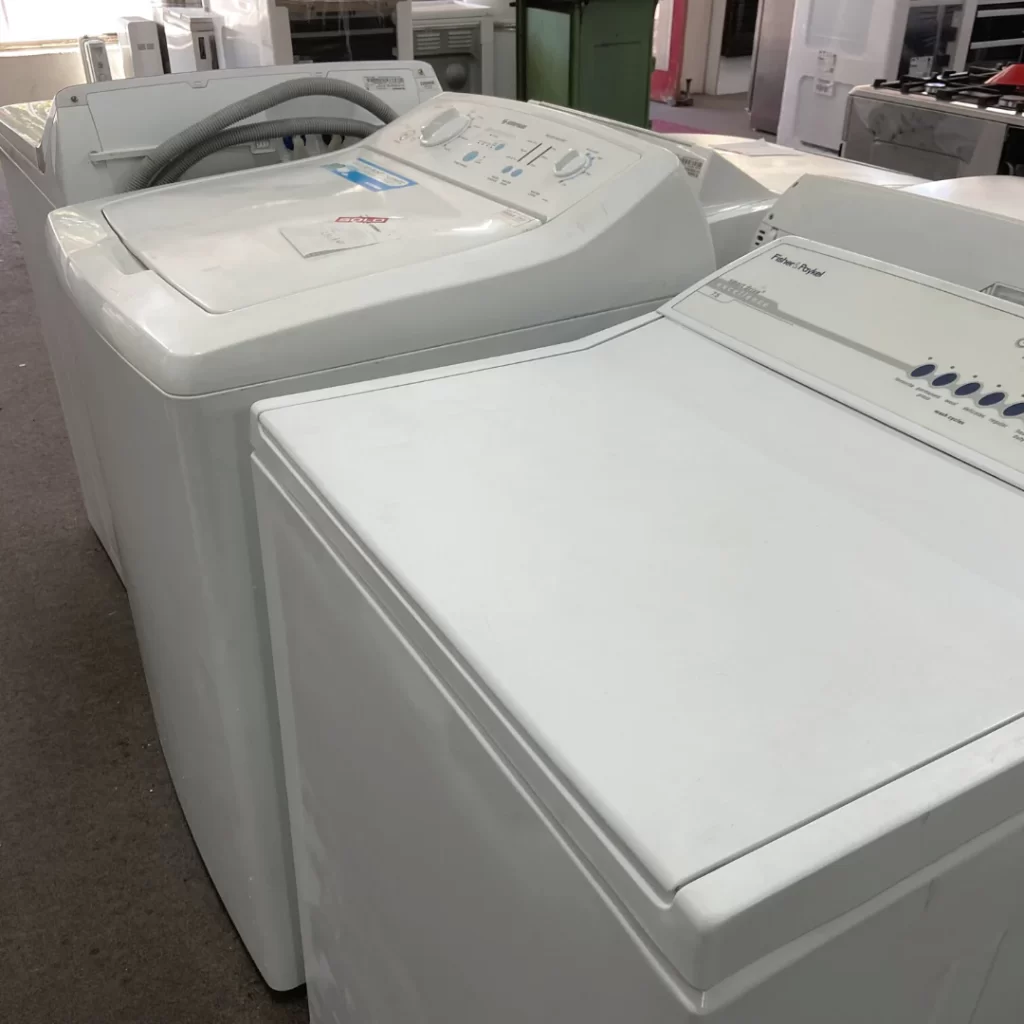 Resetting Top Load vs Front Load Washing Machines
Resetting Top Load vs Front Load Washing Machines
The process of resetting your washing machine may differ slightly between top load and front load models. For a seamless reset process, it’s important to know the distinctions and specific steps for each type.
For Top Load Machines:
- Power Off: Press the ‘Power’ or ‘Cancel’ button to shut down your top load washer.
- Unplug: Remove the washer from the electrical outlet and wait for about a minute.
- Plug In and Power On: Reconnect to the power source and turn on the washer.
- Lid Trick: Open and close the lid multiple times rapidly to trigger the reset.
- Run a Cycle: Start a short cycle without laundry to test for correct operation.
Remember to check for any error codes that may appear after resetting your top load washing machine.
For Front Load Machines:
- Turn Off: Use the ‘Power’ or ‘Cancel’ button to power down your front load washer.
- Disconnect: Unplug the machine and wait about sixty seconds.
- Reconnect: Plug the washer back into the electrical outlet.
- Door Maneuver: Open and close the door several times quickly to prompt the reset mechanism.
- Retry Operation: Power up and select a short wash cycle to confirm functionality.
Look out for any error codes post-reset, and refer to your manual for specific troubleshooting steps.
By distinguishing between top load and front load machines and following the appropriate steps, you can effectively learn how to reset washing machine regardless of the type you own. If issues persist beyond a reset, additional troubleshooting might be necessary, or it could be time to consult a technician for a more comprehensive evaluation.
Troubleshooting Post-Reset Issues
When a washing machine doesn’t work properly after a reset, further troubleshooting may be needed. Here are some common post-reset problems and how to address them:
- Machine Still Not Starting: Ensure the outlet has power and check the breaker or fuse box.
- Error Codes Reappear: Consult the washer’s manual for specific error code meanings and solutions.
- Strange Noises Continue: Inspect for obstructions in the drum or pump, and check for loose items.
- Cycles Still Irregular: Make sure the load is evenly distributed and that the machine is level.
- Door Won’t Open: Wait a few minutes as some models have a delay before the door unlocks post-cycle.
- Water Issues Persist: Verify that the hoses are connected correctly and that the filters are clean.
It’s key to refer to the user manual for model-specific details. If these steps don’t resolve the issue, it might be time to call a technician. Regular maintenance also helps prevent future problems. Remember, understanding how to reset washing machine and troubleshoot can save you from costly repairs.
Preventative Measures and Maintenance Tips
To keep your washing machine in top condition and minimize the need for resets, follow these preventative measures and maintenance tips:
- Regular Cleaning: Wipe down the washer’s exterior and interior after use to prevent residue build-up.
- Check Hoses: Inspect the water hoses for kinks or leaks every few months to avoid water issues.
- Use Appropriate Detergents: Select detergents suitable for your model to maintain machine efficiency.
- Run Empty Cycles: Occasionally run a cycle with just water or a cleaning agent to clean the drum.
- Don’t Overload: Avoid overloading the washer to prevent mechanical strains and imbalanced cycles.
- Level the Machine: Ensure your washing machine is level to reduce excessive vibration and wear.
- Clean the Filter: Regularly clean the lint filter, if accessible, to maintain proper drainage.
- Inspect the Door Seal: For front load washers, keep the door seal free of debris to prevent water leaks.
By implementing these tips, you can reduce the chance of encountering problems that necessitate how to reset washing machine. A combination of the above strategies can extend the life of your appliance and keep it running smoothly. Regular upkeep not only prevents mechanical issues but also ensures your laundry comes out clean and fresh with every cycle.
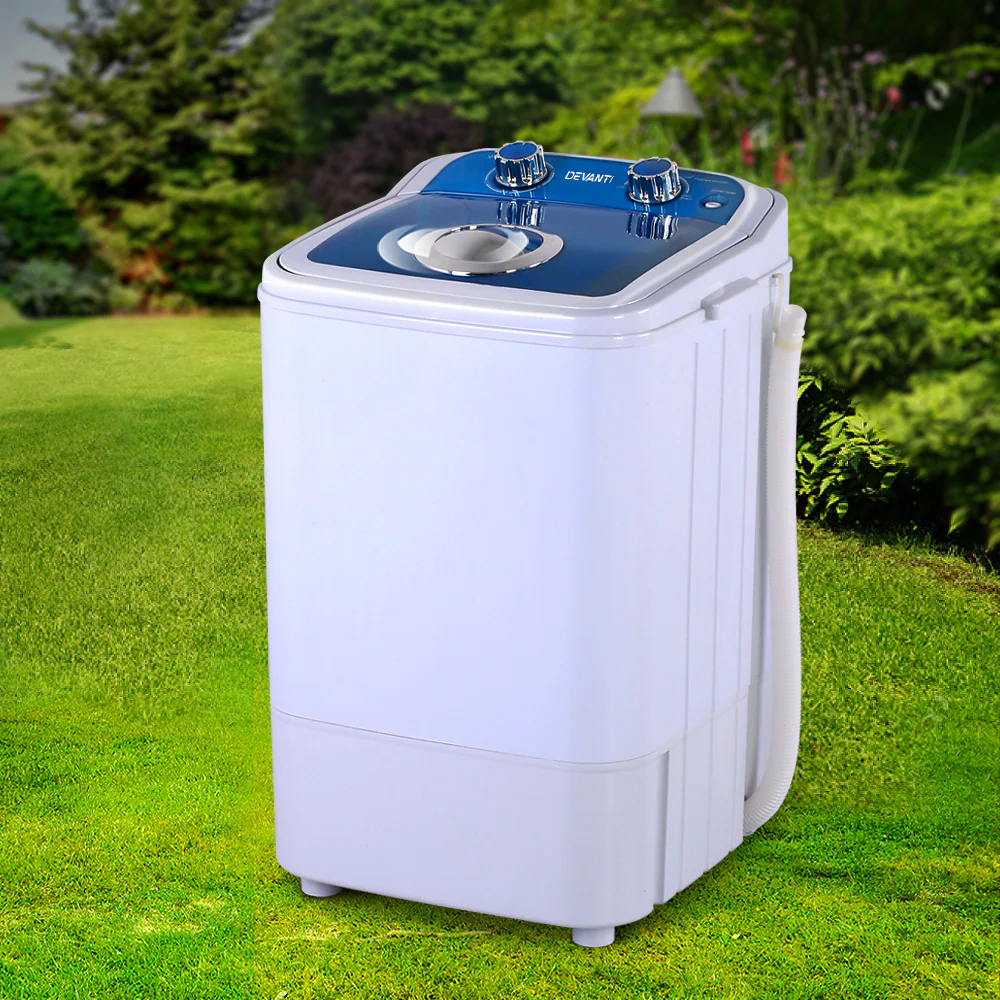 Professional Help: When to Call the Technician
Professional Help: When to Call the Technician
While understanding how to reset washing machine is useful, some issues require professional assistance. Reach out to a technician if you experience the following:
- Persistent Error Codes: When codes return after multiple resets, a deeper problem may exist.
- Electrical Issues: If there’s suspected electrical malfunction, don’t risk safety – call an expert.
- Water Leaks: For leaks that persist despite checking hoses and seals, professional help might be needed.
- Unusual Sounds Continue: Should strange noises persist after your troubleshooting, a technician’s analysis is advisable.
- Machine Not Powering: If the washer still won’t power on after verifying the outlet and cables, seek a professional’s service.
- Frequent Resets Required: Machines needing constant resets could signify a failure that needs expert diagnosis.
Advantages of professional services include accurate diagnosis, warranty safety, and long-term solutions. Technicians have the tools and expertise to address complex issues. Remember to select a reputable service provider for reliable repairs.
